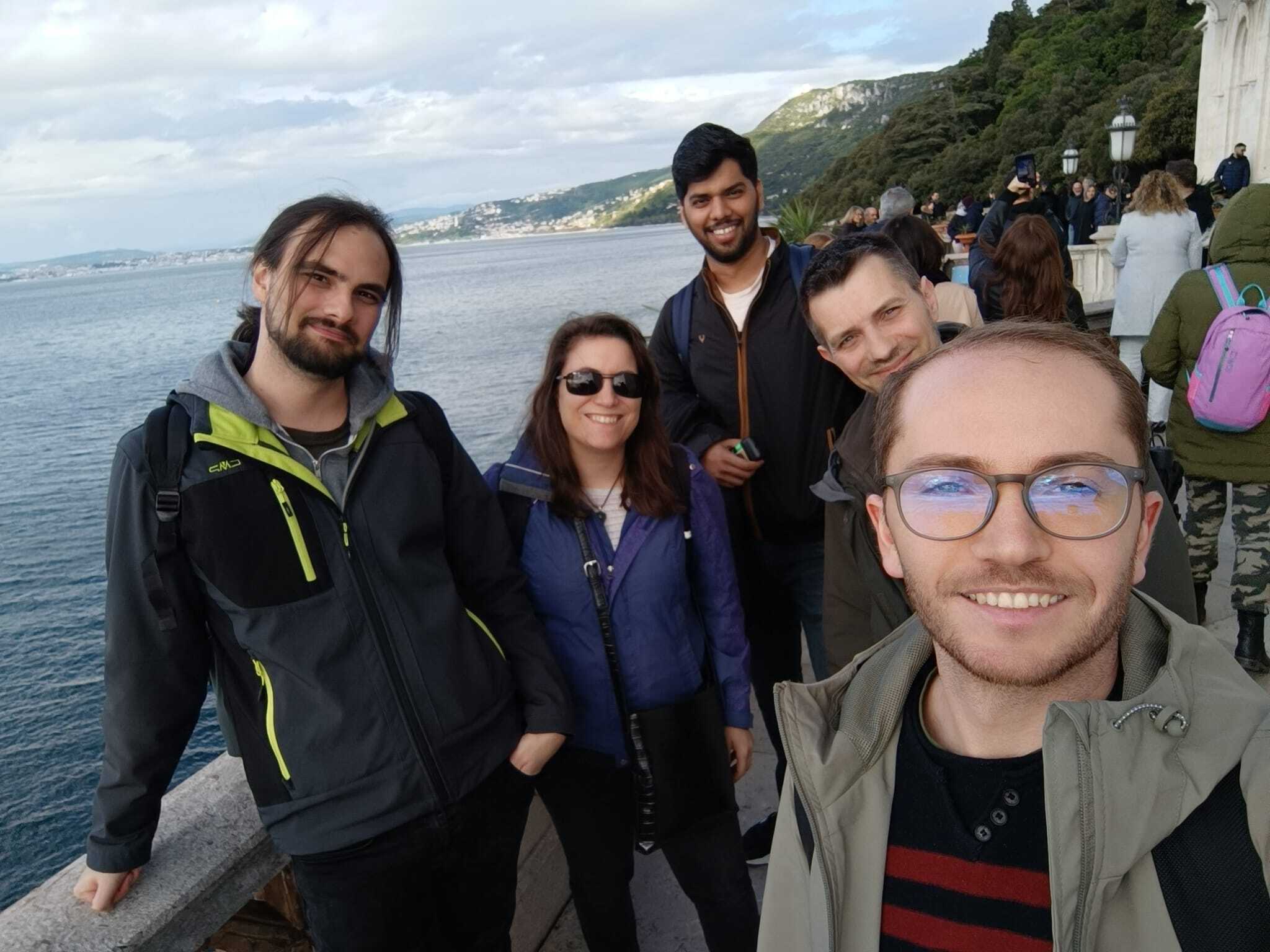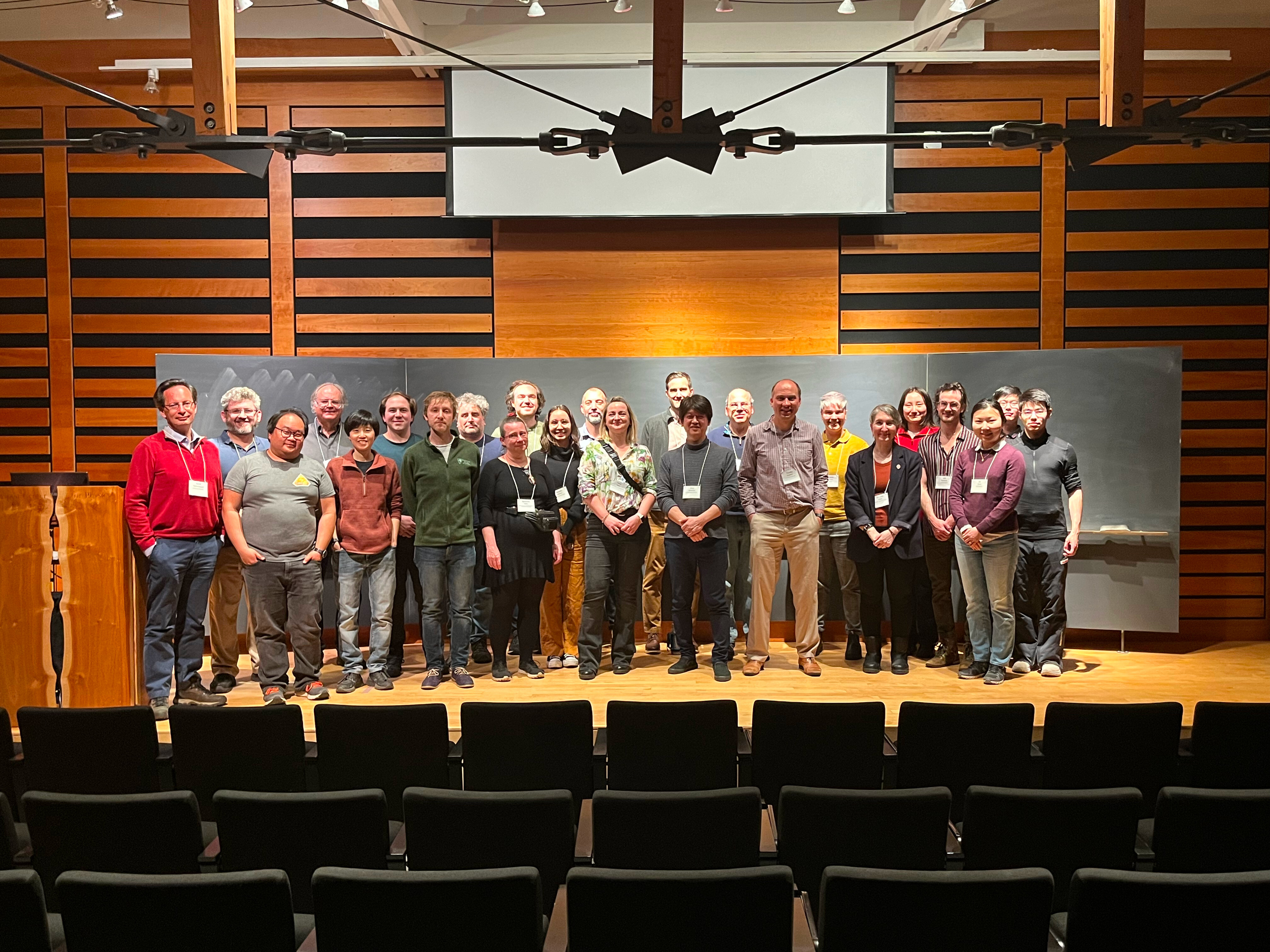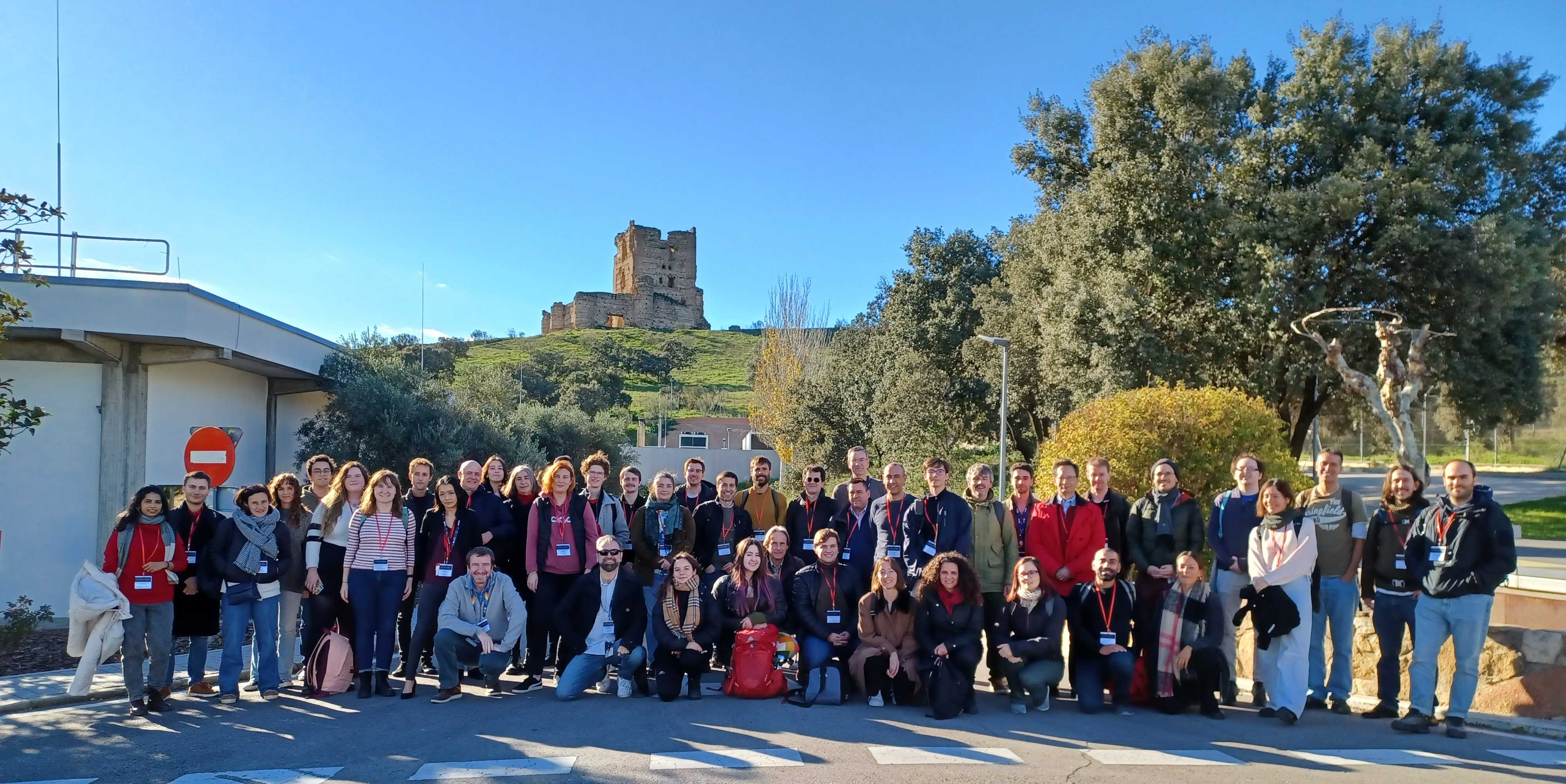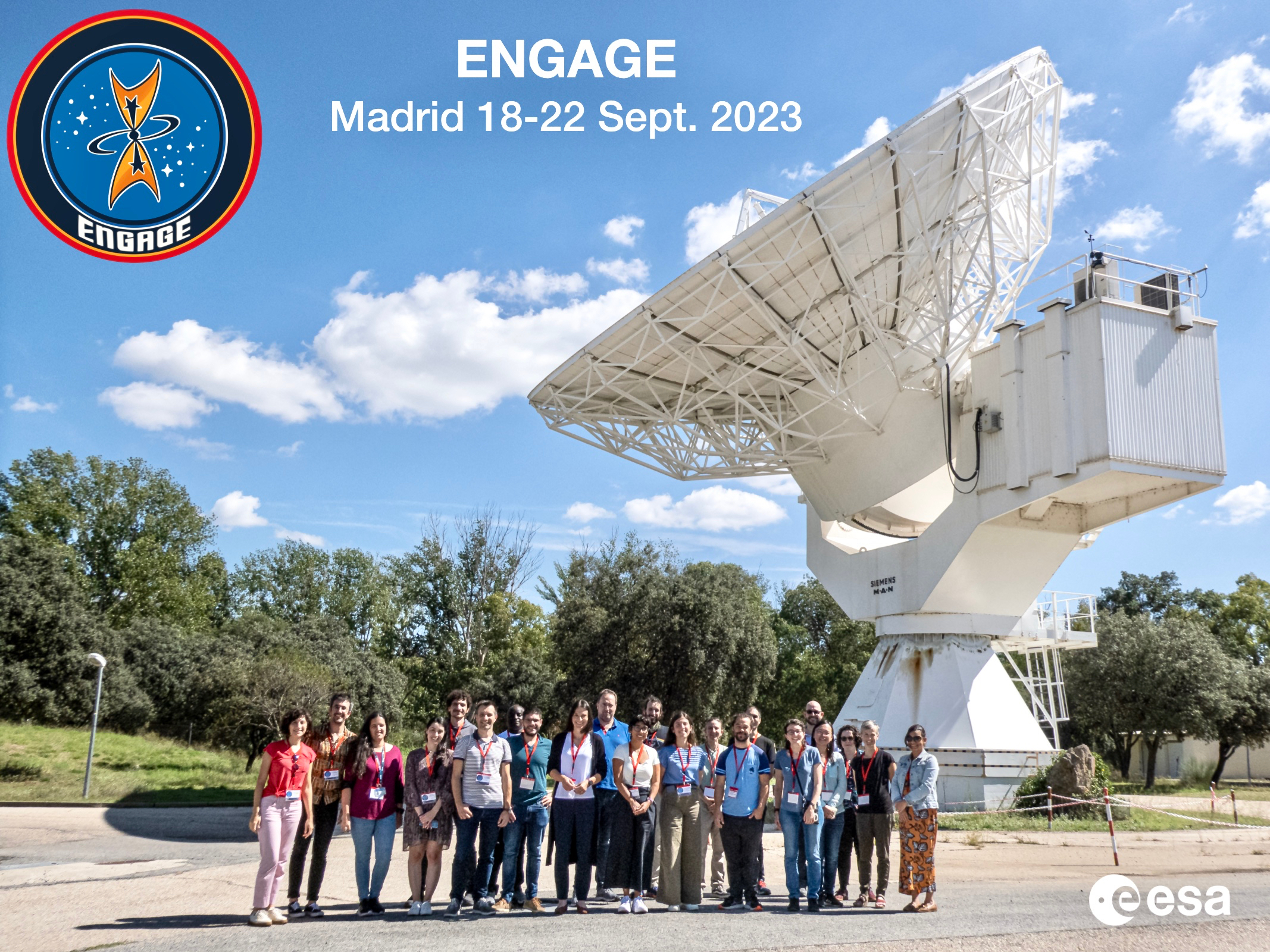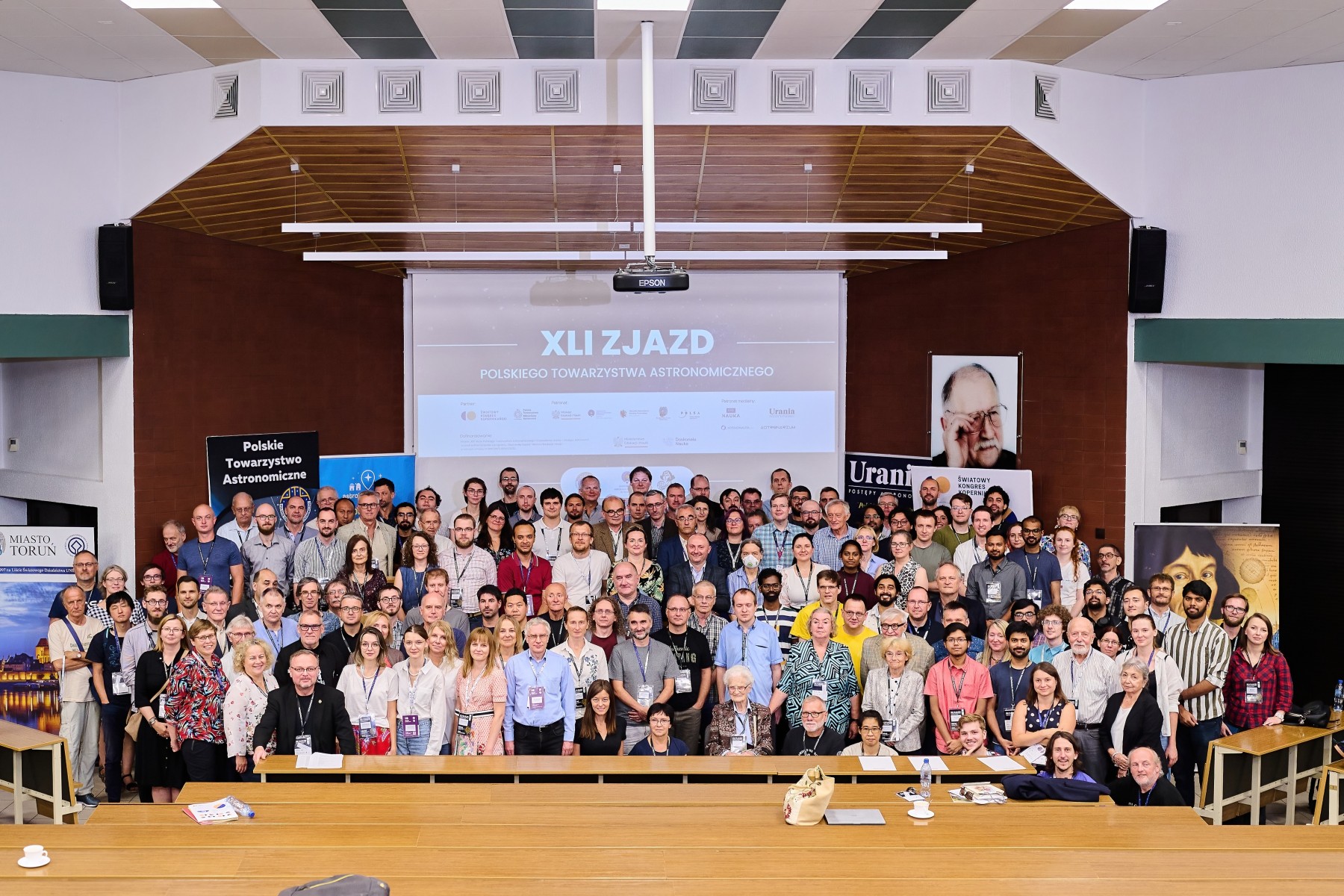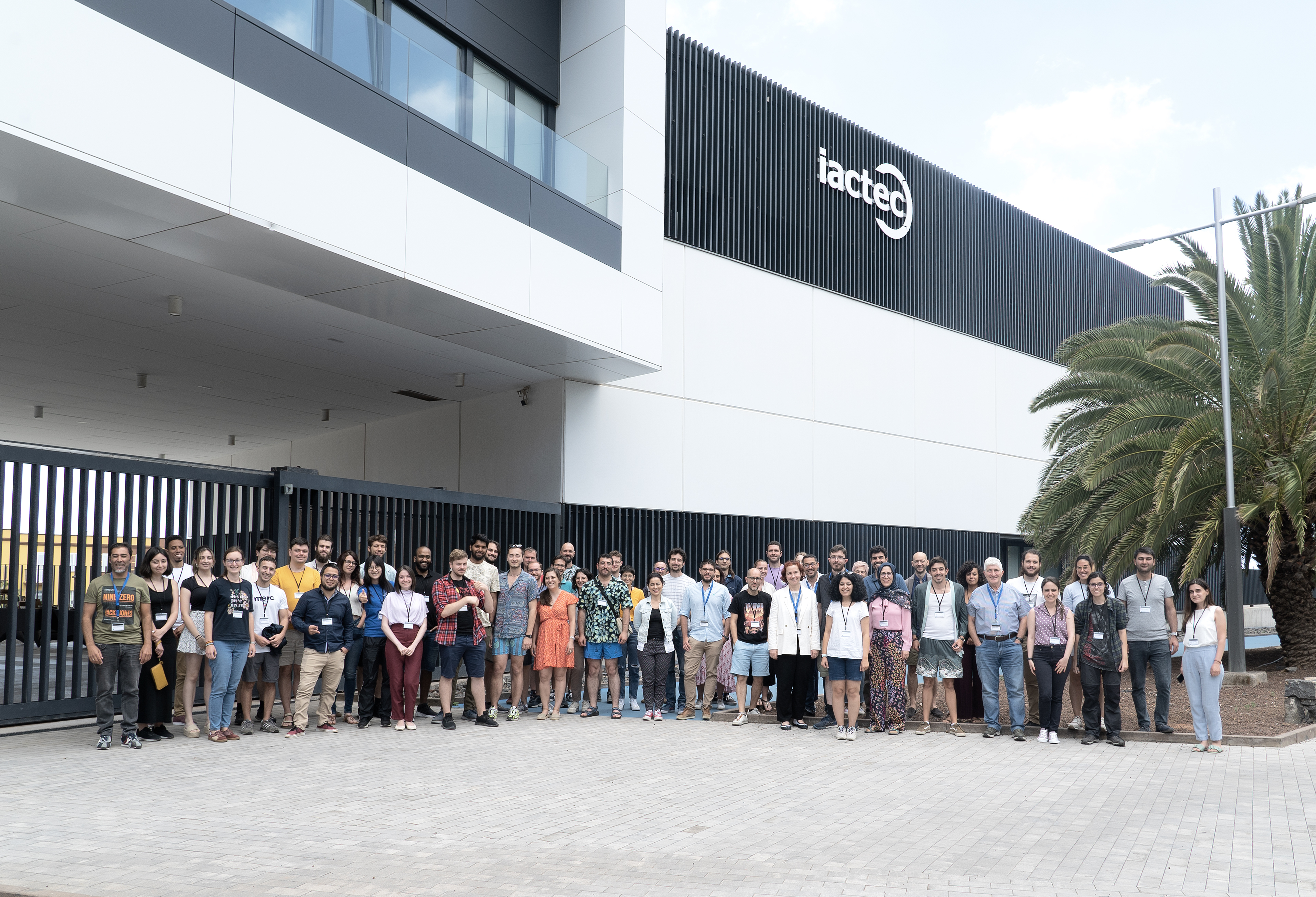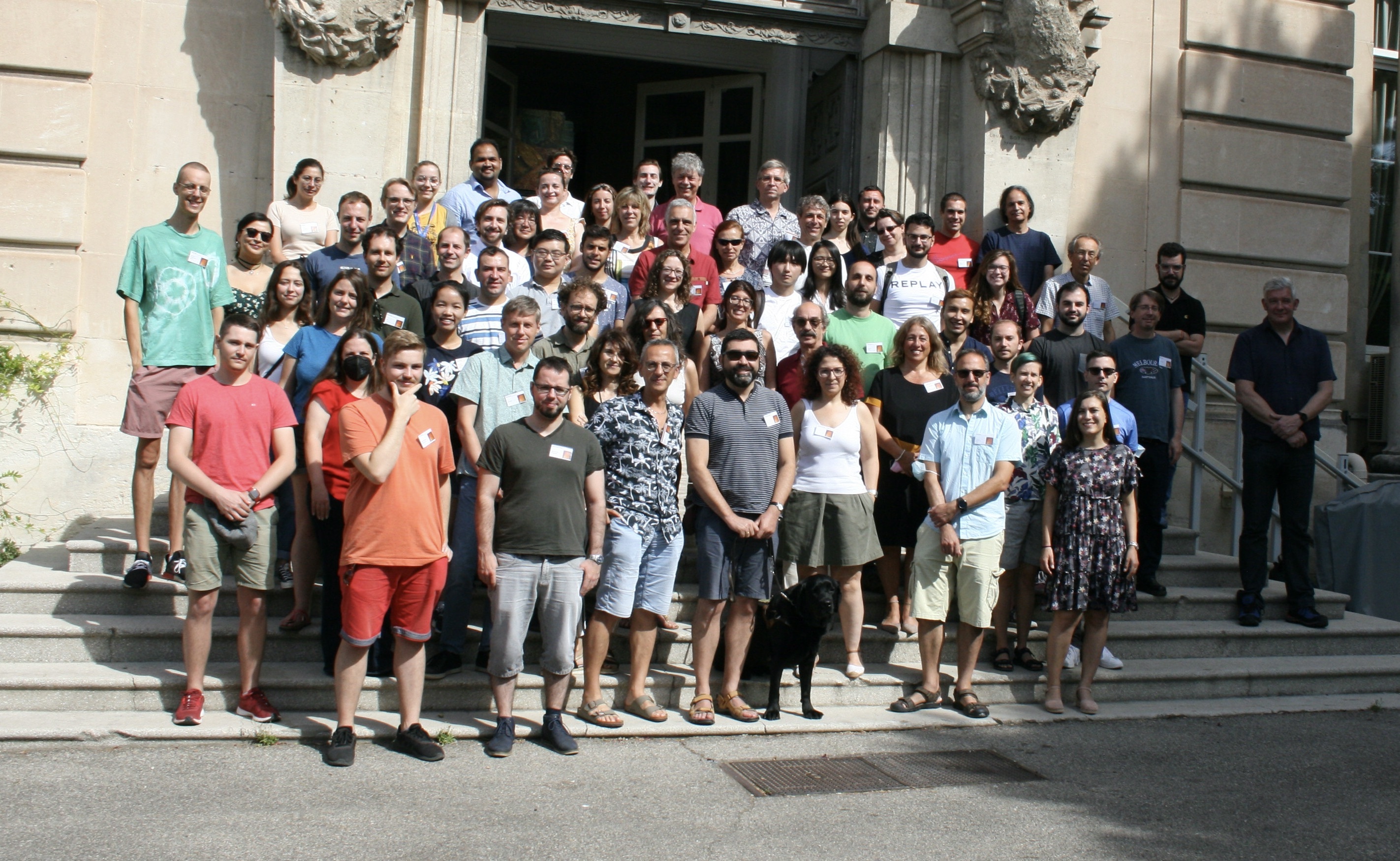Our Research
The fourth division (BP4) of The Fundamental Research Department (Departament Badań Podstawowych) deals with research in astrophysics and astronomy, mainly their observational aspects. The BP4 division is located in Warsaw at 7 Pasteura street.
The research conducted at the Astrophysics Laboratory includes:
- Cosmology: CMB, large structures of the Universe, dark matter, non-standard cosmology and gravitational lensing
- Gravitational waves: Multi-messenger astronomy, new tools for cosmology
- Physics of galaxies: Formation and evolution of galaxies, AGN, quasars and gamma-ray burst
- Interstellar medium: Star formation, neutron stars and white dwarfs
The BP4 division is also involved in several international projects. Check our Scientific Projects page for more information.
Seminars
Upcoming seminars for all of NCBJ can be found here.
The seminar archive for NCBJ can be found here.
Latest News
Scroll down for the latest news about the research done by our division or click here.
Conference Participation
BP4 participate in may national and intersectional conferences. We share our cutting edge research and enthusiasm with other astronomers across the world. Below are pictures from our trips across the globe.
Latest News
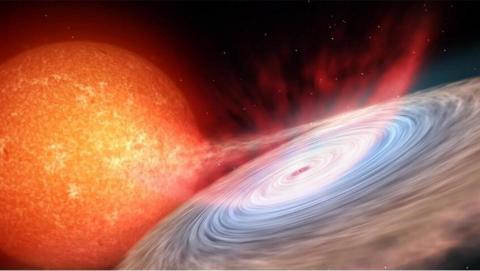
Influence of gravitational darkening on the spectrum of rotating objects
Exotic, rapidly rotating objects are of interest to astrophysicists. Polish astronomers are trying to obtain information about the physical conditions inside fast-rotating neutron stars. In a work published in The Astronomical Journal, they enriched the analysis with effects resulting from the phenomenon of gravitational darkening.

Cosmology July – open registration for 5th Cosmology School
Registration for the 5th edition of the International Conference „Cosmology School – Introduction to Cosmology” co-organized by the National Centre for Nuclear Research (NCNR) has started. The conference has already become part of the schedule of Polish astrophysical scientific events and is recognized in the arena of cosmological conferences worldwide.
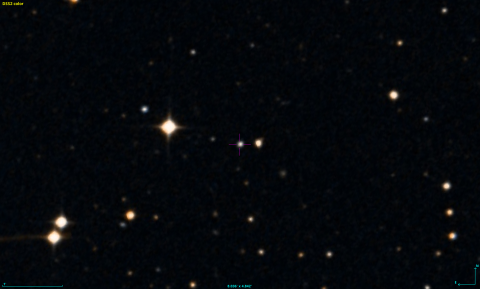
The history of the quasar HE 0435-5304 – the distance matters!
Publicly available data is not too popular among scientific breakthrough seekers. Usually they were extensively researched and there is nothing more to discover. However, there are exceptions, such as the quasar HE 0435-5304, which sounds boring by name.
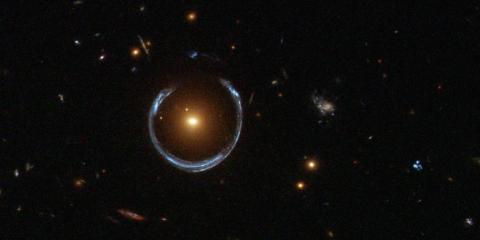
Searching for the gravitationally lensed glow of gamma-ray bursts
NCBJ participates in the study of gamma-ray bursts (GRBs), in particular the gravitational lensing of their glow. GRBs are one of the most energetic processes in the universe.Scientists propose to extend the search for GRBs with multi-range observations of the glow of these phenomena.
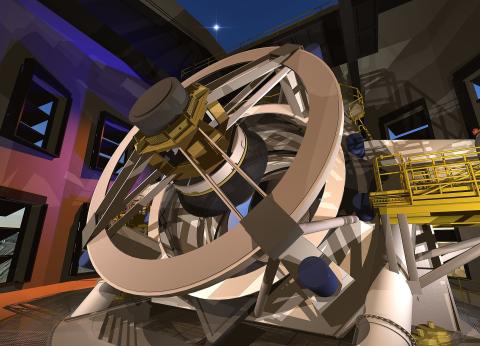
How do you weigh galaxies for the greatest sky surveys?
NCBJ coordinates Polish participation in the largest observational astronomy project in history. The field of view of a telescope built in Chile will cover an area 40 times larger than the Moon’s disc. The observations planned for 10 years will provide, among others data about variable objects. Scientists from NCBJ working as part of the ASTROdust team are already preparing algorithms that will enrich the set of information obtained from the observations.
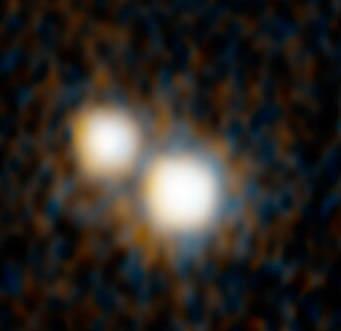
A new method of determining distances in the universe uses quasars
Astronomers use many methods of determining the distance to celestial bodies, but each of them has limits of its applicability. An international group of scientists, with the participation of Professor Marek Biesiada from the National Center for Nuclear Research, proposes the use of quasars for this purpose. The method could be applied to objects whose image reaches us even 13 billion years ago.
